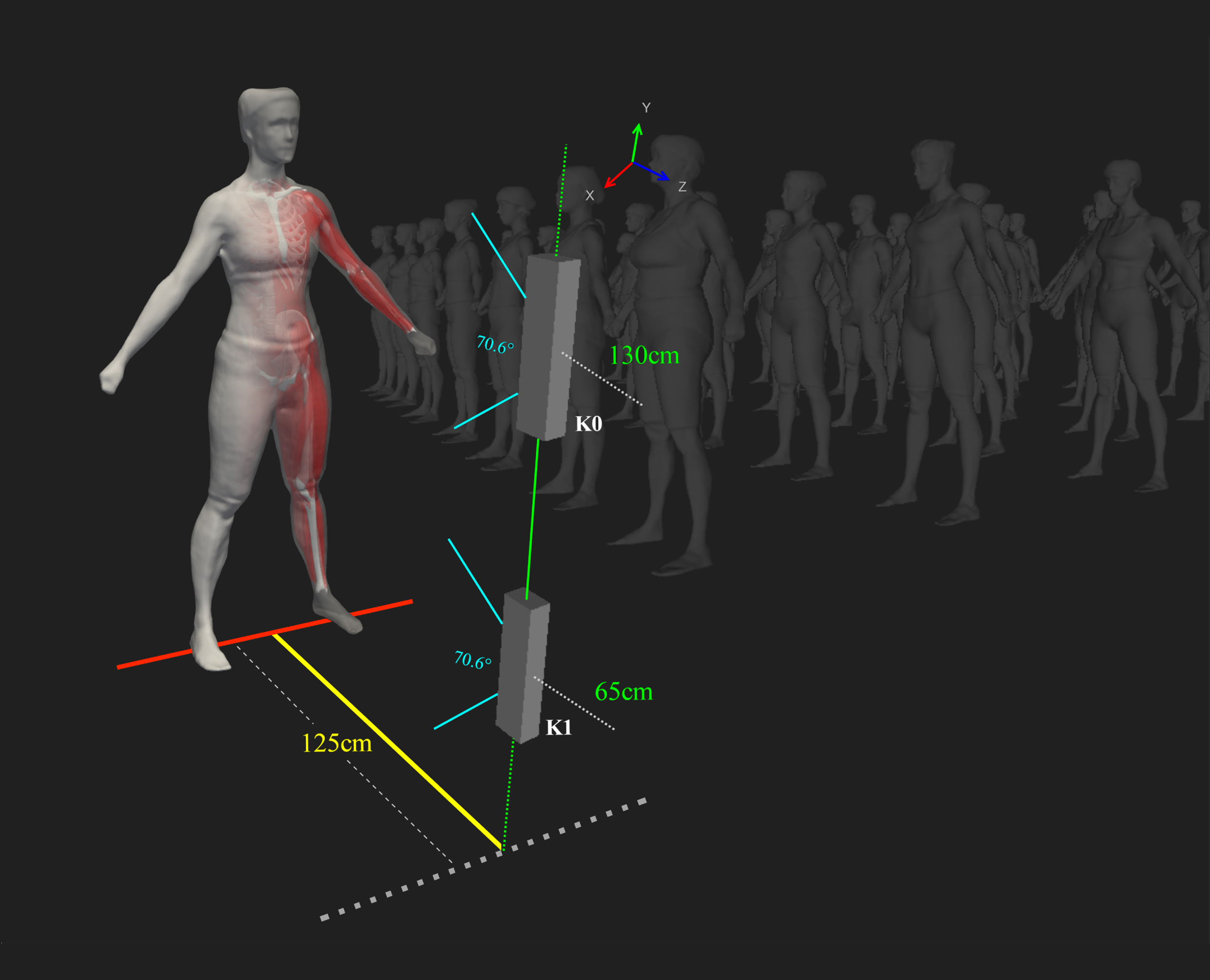Sarcopenia–a condition causing a gradual loss of muscle mass and function–affects 10 to 16% of older adults worldwide. The condition is exacerbated by the co-presence of obesity, leading to sarcopenic obesity with a variety of associated morbidities. Professor of Computer Science James Hahn is dedicated to improving the quality of life of older adults, particularly those with sarcopenia and obesity, through innovative digital solutions addressing key challenges in healthcare. In two new interdisciplinary projects, Hahn is leading research to overcome the cost and accessibility barriers of traditional clinical diagnoses and monitoring of these conditions by developing a novel image modality, optical scan technology.
“The current mechanism for detecting sarcopenia using body composition is through dual-energy X-ray absorptiometry, known as DEXA scans. These scans involve a small amount of ionizing radiation and are not commonly performed in the clinic to diagnose sarcopenia due to the cost and availability,” Hahn stated. “The critical implication of sarcopenia and obesity for older adults is the effect it has on physical function, which has repercussions in morbidity, mortality, and quality of life. Currently, physical function is not screened adequately in the clinic due to resource constraints.”
Funded by GW’s Cross-Disciplinary Research Fund (CDRF), Hahn’s study, “Novel Optical Imaging Modality for Body Composition and Physical Function in Older Adults,” explored the feasibility of using optical scan technology as a convenient and cost-effective alternative solution for assessing body composition and physical function. The study brought together a wide range of disciplines, including statistics, geriatrics and palliative medicine, exercise and nutrition science, and health, human function, and rehabilitation sciences.
With a National Institutes of Health (NIH) R-56 grant titled “3D Body Shape Analysis for Predicting Sarcopenia and Obesity in Older Adults,” Hahn is now advancing this work by harnessing optical body scans and artificial intelligence to develop a convenient, widely available, and accurate approach to augment the care of older adults. The initial CDRF funding enabled his team to gather the preliminary data needed to pursue external funding, paving the way for NIH support. In addition to the original GW collaborators, the NIH R56 grant expands the team to include researchers from the University of North Carolina, Chapel Hill, the University of California, Berkeley, and the University of Connecticut. The expectation is that this award will lead to an NIH R-01 grant.
Optical scan technology will not only make it cheaper to diagnose and detect the progress of sarcopenia and obesity but also make it possible for patients to use this modality at home as part of telemedicine. Hahn highlights that one may even be able to use their smartphones to generate a 3D representation of their body that clinicians can analyze with machine learning, alleviating the burden of traveling to the clinic for patients with limited mobility.
Drawing on over 25 years of experience assembling and leading interdisciplinary teams, Hahn is well-positioned to bring together researchers from the solution-rich engineering discipline with the problem-rich medical domain. This work is poised to improve outcomes for patients with sarcopenia and obesity by advancing optical scan technology as an accessible and affordable imaging method.


